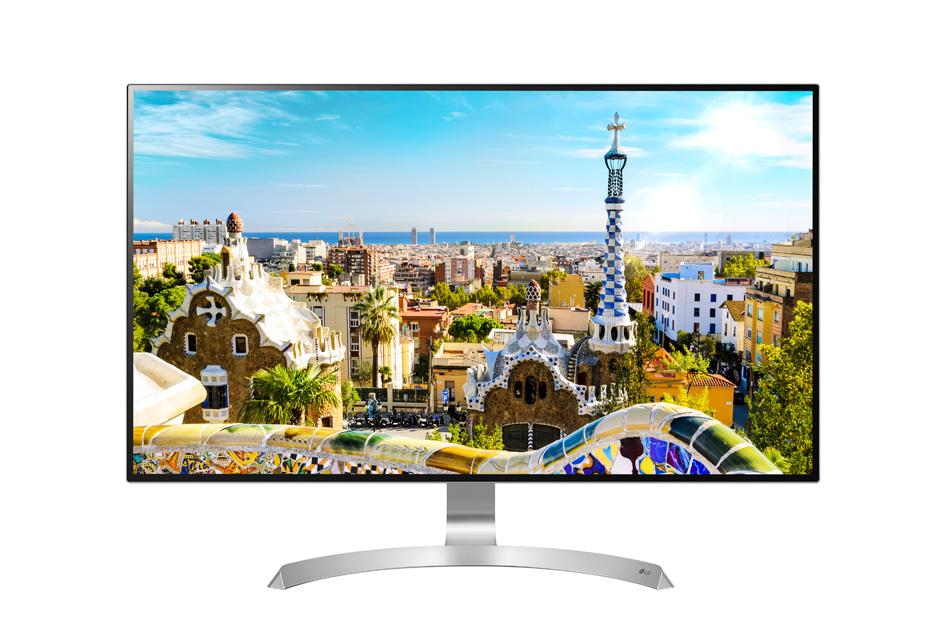Where has anyone read that Scorpio will have HDMI 2.1?
HDMI 2.1 represents a 48 Gbps connection capable port, and a special cable, and has support for resolutions over 4K 60 Hz. At the moment, there are no indications of Scorpio doing this. Besides lots of references in the DF article use the terminology HDMI 2.0.
Yet, they do speak about Freesync 2 and VRR, features known to be supported by HDMI 2.1 Question is, this does not mean the HDMI is 2.1!.
Yes, these are future features of HDMI 2.1, but features that theoreticly can also be present on HDMI 2.0 dependent on manufacturers and their system designs (HDMI 2.0c?). If you check HDMI's webpage you can see this, about VRR:
Game Mode VRR
Q: Does this require the new HDMI cable?
A: No
So, no need for extra bandwidth! Meaning that HDMI 2.0 can theoreticallydo it!
And why should it not? Well VRR is not diferent from Freesync (basicly same tech, diferent producers), although it´s an improvement over it. More like Freesync 2!
Freesync is already available on AMD cards, and
AMD claims all cards supporting Freesync will support Freesync 2. So unless the HDMI implementation prevents it, VRR can also be supported on some HDMI 2.0 devices (Freesync requires only HDMI 1.2, and since AMD claims all Freesync supported cards will support Freesync 2, this extends Freesync 2 support to AMD Radeon™ RX 480, AMD Radeon™ RX 470, AMD Radeon™ RX 460, Radeon Pro Duo, AMD Radeon R9 300 Series, AMD Radeon R9 Fury X, AMD Radeon R9 360, AMD Radeon R7 360, AMD Radeon R9 295X2, AMD Radeon R9 290X, AMD Radeon R9 290, AMD Radeon R9 285, MD Radeon R7 260X and AMD Radeon R7 260).
So, as I see it, supporting these features does not make the Scorpio HDMI a 2.1!






